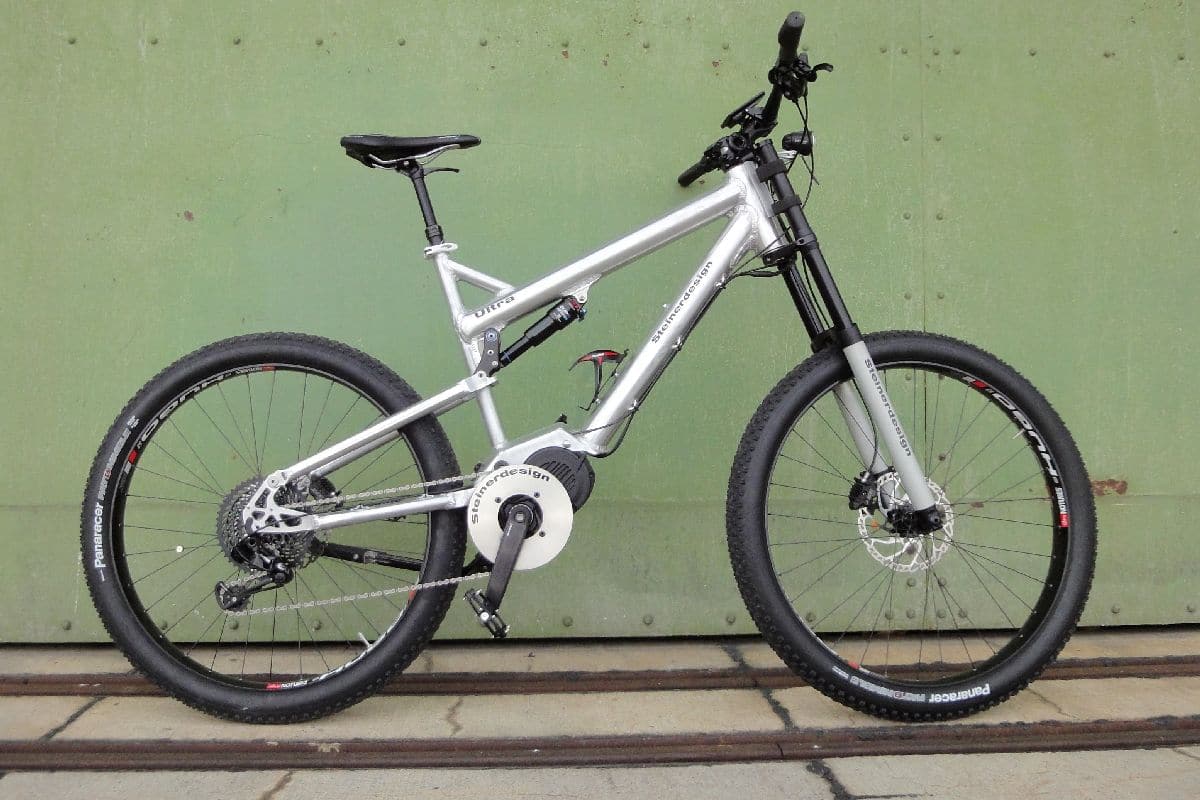pushkar
Well-Known Member
Thread link please.Post in another thread customized

Thread link please.Post in another thread customized

And backpacks can be hot and uncomfortable in the heat of summer... especially when off-road.Only if you planning on moving much of anything beyond yourself on the bike. Back packs really put the weight in the wrong place.
A very nice ride with a triple crown fork and rear belt tensioner... but I still trying to figure out what the hell is hanging off the back of the saddle?Post in another thread customized

Only if you planning on moving much of anything beyond yourself on the bike. Back packs really put the weight in the wrong place.
The Kinect is hardly a mediocre suspension seatpost; it’s actually one of the best, if not best, out there on the market. Plus, I hardly think FS is necessary for a commuter bike. It may be a nice to have but not a must.For 5-6k+ I don't see an excuse to go for a mediocre seatpost suspension instead of a real full suspension setup on an Aluminum bike.
I believe it was mine belowThread link please.



The Kinect is hardly a mediocre suspension seatpost; it’s actually one of the best, if not best, out there on the market. Plus, I hardly think FS is necessary for a commuter bike. It may be a nice to have but not a must.
All i know is i'd prefer touring on these roads with a R&M type rear rack with full suspension, much better for the bike, you and your gear you are carrying.It theory increasing unsprung weight will decrease the time rear wheel touches the ground on high frequency bumps. However when you are carrying panniers even when the rack is unsprung it should still be far better than a hardtail with the same weight on the rack. When riding on the trails this weight will have an effect but one does not do trail riding while carrying a lot of stuff on the rack anyways.
Thread link please.
All i know is i'd prefer touring on these roads with a R&M type rear rack with full suspension, much better for the bike, you and your gear you are carrying.
I'd say, any speed.Yeah you are right, at higher speeds on that surface a suspended rack will be better.
This is old, but I have to comment on exactly what Gates say's "DO NOT DO THIS".
They figured it out, so what I am hearing is that the Kinetic suspension seat post looks after the comfort, but it doesn't cover the safety aspect, if a hard tail wheel leaves the road and your are trying to use your rear brake in that second you don't have it, so you could be just front braking, not as safe.
If Watt Wagons can develop a titanium framed full suspension bike with Gates/Rohloff/ upgraded Bafang Ultra and fenders with rack they will have the achieved what no other company has done, this would be the true super Ebike....and one that ticks every box for 90% of riders out there with the exception of price, but then again it would be competing with R & M and they are over 10K anyways.
My current bike doesn't have a rear suspension, I have decided my next one will, more for safety than comfort, my trails are mostly hard packed but they do have bumps and rocks and sometimes when cars pass I go slightly off the road, and it gets super bumpy on the shoulder off the concrete. My current bike can handle it, but rear suspension will make it safer.
I have the Gates Manual in pdf somewhere - ahhh. Here it is: https://www.gatescarbondrive.com/~/media/files/gcd/gates-tech-manual-en.pdfYou have OLD information.
Gates use to not allow tensioner on the Belt, but since then many manufacturer have implemented such tensioner and Gates has actually validated and approved it.
They even have a tensioner recommendation manual somewhere online, and the above configuration is the one THEY recommend, mostly because it increases the wrap around the Sprocket which improves spreading the load.
There was article about an advanced rider that had to change his belt and sprockets every 10K KM, that is a huge amount of Ebike riding.I confirmed with Gates a couple of years ago. There are actually 2 approvals needed tbh
1. For Rohloff, there is a rear triangle stiffness test that needs to be done on the frame (like sideways inflection test)
2. For Gates, the roller material and alignment needs to be certified so it doesnt take significant material off
IIRC these belt setups (RM and Nicolai) are both rated by Gates for around 2000-2500 miles for the belt (a little lower than 3000-3500 miles for traditional hardtail setup) to account for the wear and tear on the top side.
I really respect your knowledge.I confirmed with Gates a couple of years ago. There are actually 2 approvals needed tbh
1. For Rohloff, there is a rear triangle stiffness test that needs to be done on the frame (like sideways inflection test)
2. For Gates, the roller material and alignment needs to be certified so it doesnt take significant material off
IIRC these belt setups (RM and Nicolai) are both rated by Gates for around 2000-2500 miles for the belt (a little lower than 3000-3500 miles for traditional hardtail setup) to account for the wear and tear on the top side.